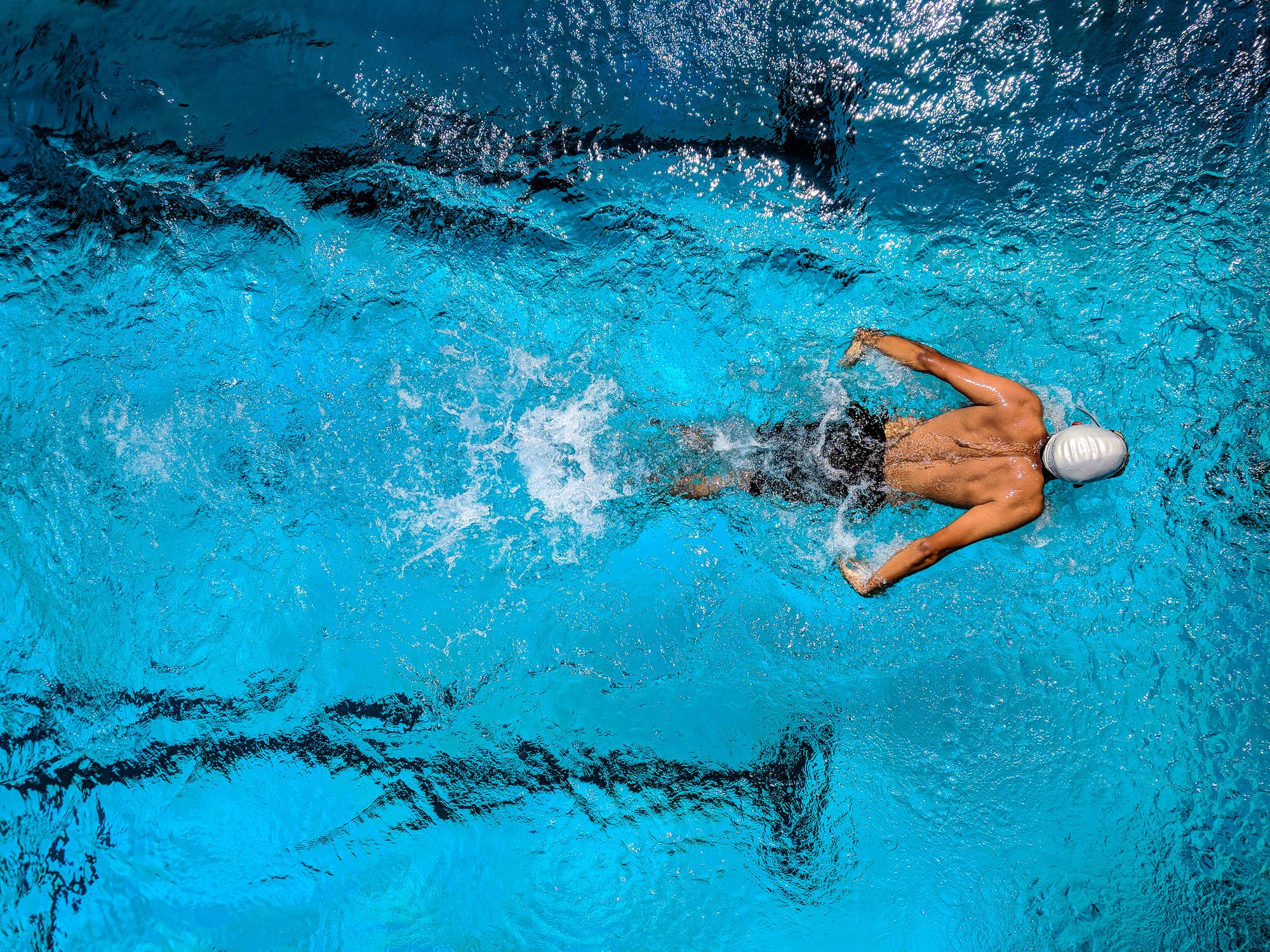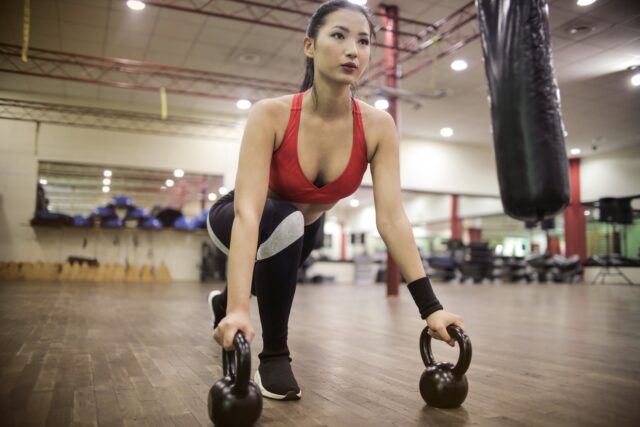If you’ve seen or heard the word “functional training” being used in workout descriptions, don’t worry – the term isn’t as scarily technical as it may initially look. It actually has a simple meaning…
“The main word here is function. Function is purpose. So functional training is just training that has a purpose,” the New York City-based personal trainer Eric Salvador tells SELF. Functional training delivers benefits that you can take with you outside the gym – such as slowing the ageing process.
Engage in compound exercises
Functional workouts usually consist of these, which are so-called as, to follow them, you would have to work more than one muscle group at a time. Therefore, squats, deadlifts, lunges and push-ups are all good examples of exercises that would fall into the “compound” category.
These are also considered functional exercises because they tend to replicate everyday movement patterns more closely than isolation exercises, such as bicep curls, do. You might, for example, squat to lift something off the floor or lunge to push a door open.
Do the “suitcase squat”
Naturally, you are probably wondering which functional movements you should start with – but one basic one that many fitness professionals would advocate for everyone is the “suitcase squat”.
Stand holding a dumbbell in each hand and with your feet roughly shoulder-width apart. Your arms should rest, with your palms facing in, along the sides of your legs. Then, bend your knees and push your hips back while lowering into a squat. Rise back up and squeeze your glutes at the top.
Focus on building muscles
In your twenties, you should be “building strength and muscle – because this will biologically start to decline when you hit 35”, says the globally-respected sports scientist Professor Greg Whyte OBE.
Meanwhile, celebrity personal trainer Matt Roberts says in words quoted by The Telegraph: “A fair amount of research shows collagen is more readily produced when you have more activated muscle mass, so it’s anti-ageing.”

Don’t forget cardiovascular exercises
Prof Whyte advocates that you build cardiovascular fitness at the same time as you sculpt muscle – with swimming, running and cycling just some cardiovascular activities you could consider.
Whatever cardiovascular workouts and routines you choose, though, make sure you enjoy them. “Do you love being indoors or out, with a team or alone, in a class or not? You want to build up the healthy addiction to exercise,” Prof Whyte says.
Make time for pelvic floor exercises
If you are a woman and in your twenties or thirties, you might be contemplating or even actively preparing for pregnancy – in which case, you could certainly benefit from adding pelvic floor exercises to your workout routine.
The NHS says that these exercises “will lower your chance of experiencing incontinence after having your baby.” However, the NHS also insists: “Everyone can benefit from doing pelvic floor exercises.”
Therefore, heterosexual couples looking to become parents could engage in those exercises together – and shop the His & Hers collection of fitness clothing at Gym King’s online store in preparation.

